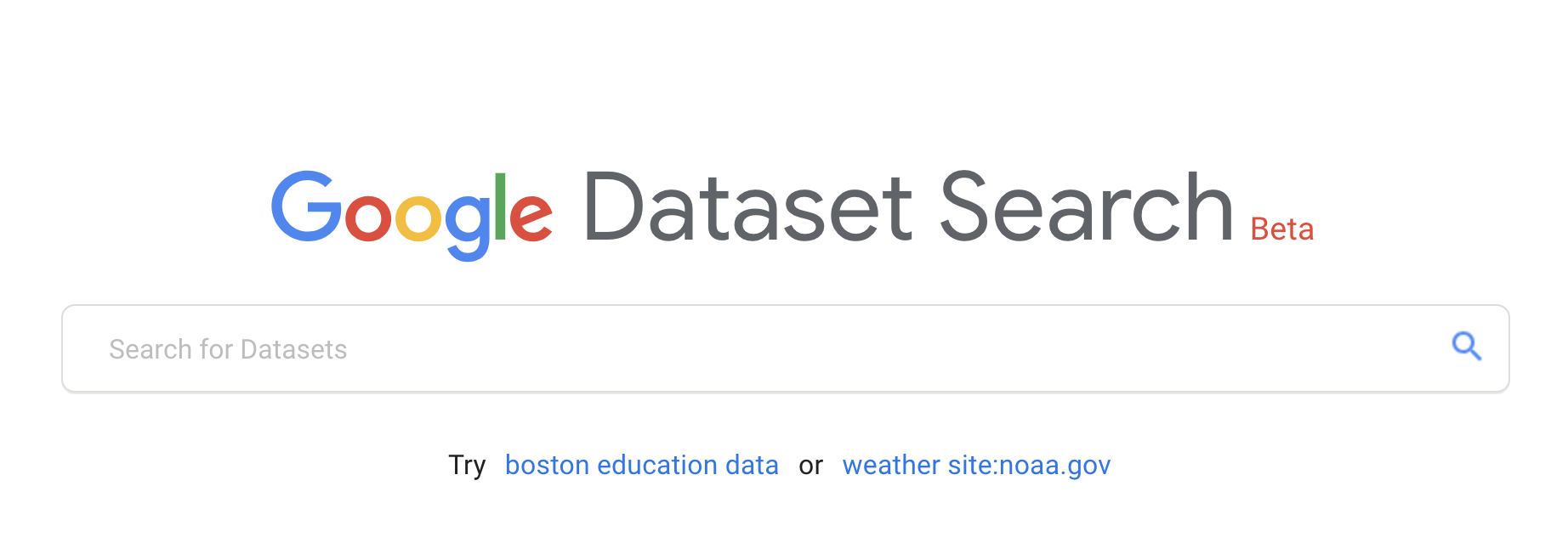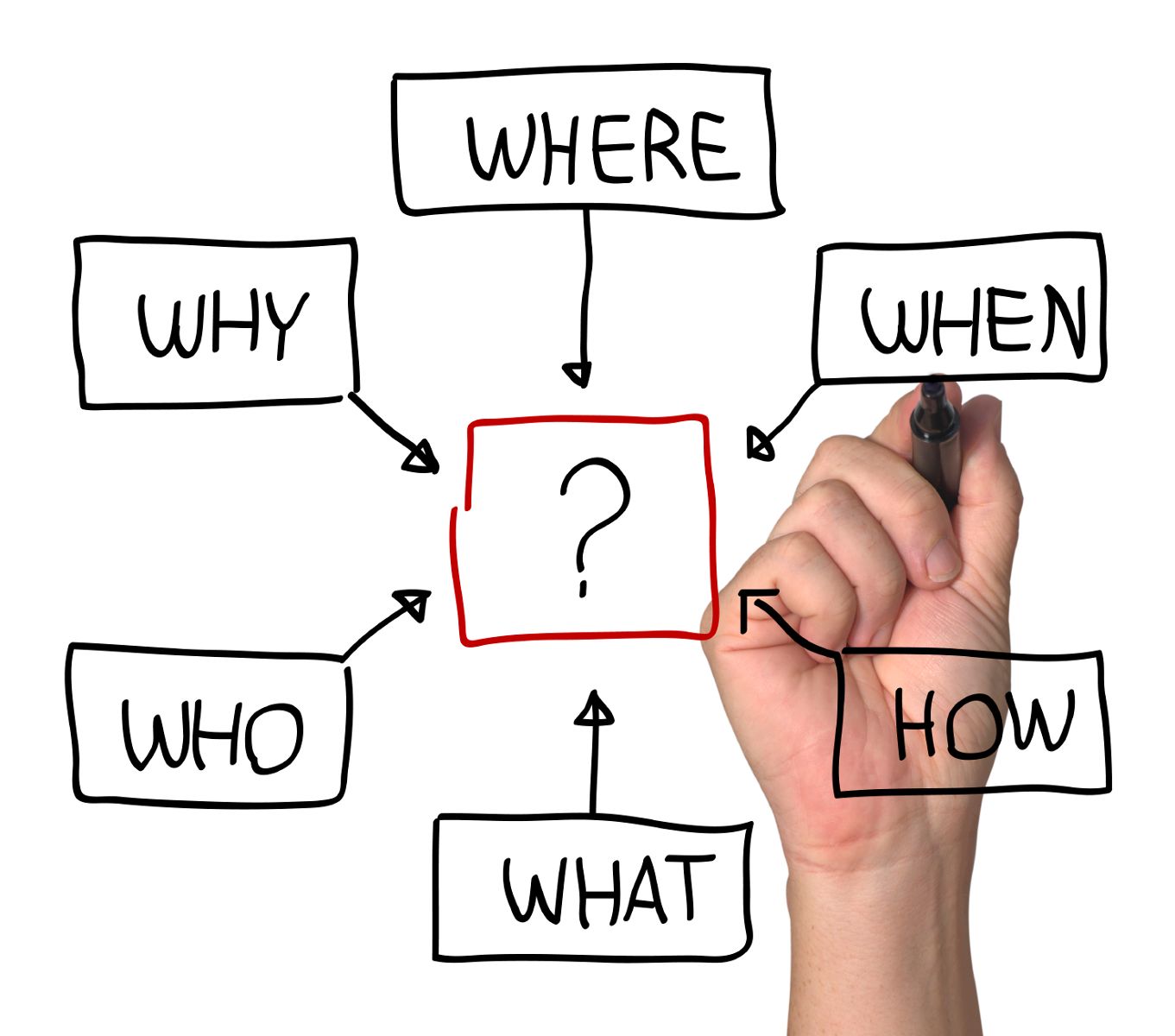Introduction to Metadata
Reproducible Research Data and Project Management in R
Dr Anna Krystallli
R-RSE
https://acce-rrresearch.netlify.app/
You got data. Is it enough?
@tomjwebb I see tons of spreadsheets that i don't understand anything (or the stduent), making it really hard to share.
— Erika Berenguer (@Erika_Berenguer) January 16, 2015
@tomjwebb Annotate, annotate, annotate!
— CanJFishAquaticSci (@cjfas) January 16, 2015
Document all the metadata (including protocols).@tomjwebb
— Ward Appeltans (@WrdAppltns) January 16, 2015
You download a zip file of #OpenData. Apart from your data file(s), what else should it contain?
— Leigh Dodds (@ldodds) February 6, 2017
#otherpeoplesdata dream match!
metadata = data about data
Metadata
“Information that describes, explains, locates, or in some way makes it easier to find, access, and use a resource (in this case, data).”
Metadata
Backbone of digital curation
Without it, a digital resource may be irretrievable, unidentifiable or unusable
Metadata Types
Descriptive
- enables identification, location and retrieval of data, often includes use of controlled vocabularies for classification and indexing.
Technical
- describes the technical processes used to produce, or required to use a digital data object.
Administrative
- used to manage administrative aspects of the digital object e.g. intellectual property rights and acquisition.
Elements of metadata
Structured data files:
- readable by machines and humans, accessible through the web
Controlled vocabularies eg. NERC Vocabulary server
- allows for connectivity of data
KEY TO SEARCH FUNCTION
By structuring & adhering to controlled vocabularies, data can be combined, accessed and searched!
Different communities develop different standards which define both the structure and content of metadata
Metadata in research
Identifying the right metadata standard
General: Dublin Core Metadata Initiative Specification
NERC Data Centers: Check with individual data centers for their metadata specification.
Re3data.org: Registry of Research Data Repositories.
Seek help from support teams
Most university libraries have assistants dedicated to Research Data Management:
@tomjwebb @ScientificData Talk to their librarian for data management strategies #datainfolit
— Yasmeen Shorish (@yasmeen_azadi) January 16, 2015
Key metadata
The bare minimum
Document data coverage information
- taxonomic coverage: a table containing taxonomic information on species in data.
- also record authority / source
- temporal coverage: temporal range and resolution details
- spatial coverage:
- a human readable geographic description of the study area
- spatial range and resolution details
- include depth (marine/freshwater) or altitudinal (terrestrial) information
Make sure to record units!
Methods metadata
Document protocols in a methods document
Keep a dynamic document used to plan, record and write up methods.
@tomjwebb record every detail about how/where/why it is collected
— Sal Keith (@Sal_Keith) January 16, 2015
Any additional information other users would need to combine your data with theirs? Record it
Practical metadata
ACCE DTP RDM course
Teaching this course has always felt challenging in terms of practical exercises
- Defining Metadata & explaining importance: ✅
Advising on domain specific Controlled Vocabularies & structure ❌
How can we practice creating metadata?
rOpenSci Unconf 18
May 21 - 22, 2018. Seattle
rOpenSci Unconf mission
bringing together scientists, developers, and open data enthusiasts from academia, industry, government, and non-profits to get together for a few days and hack on various projects.
Ideas for projects submitted through GitHub issues in the runconf18 repo
issue #72 🙋♀️

Metadata team!
Luckily, a whole bunch of other awesome folks were also thinking about these topics and interested in working on them! 🤩
(in alphabetical order):
pkg dataspice
Package
dataspicemakes it easier for researchers to create basic, lightweight and concise metadata files for their datasets.
- Metadata collected in
csvfiles
- Metadata fields are based on schema.org
- underlies Google Datasets metadata specification
- Helper functions and shinyapps to extract and edit metadata files.
- Ability to produce:
- structured json-ld metadata file.
- a helpful dataset README webpage.
Google unveils search engine for open data
The tool, called Google Dataset Search, should help researchers to find the data they need more easily.
Nature NEWS - 05 SEPTEMBER 2018

dataspice tutorial
The goal of this section is to provide a practical exercise in creating metadata for an example field collected data product using package dataspice.
- Understand basic metadata and why it is important
- Understand where and how to store them
- Understand how they can feed into more complex metadata objects.
dataspice workflow
Practical
time for some live coding 😱
head to the dataspice tutorial




